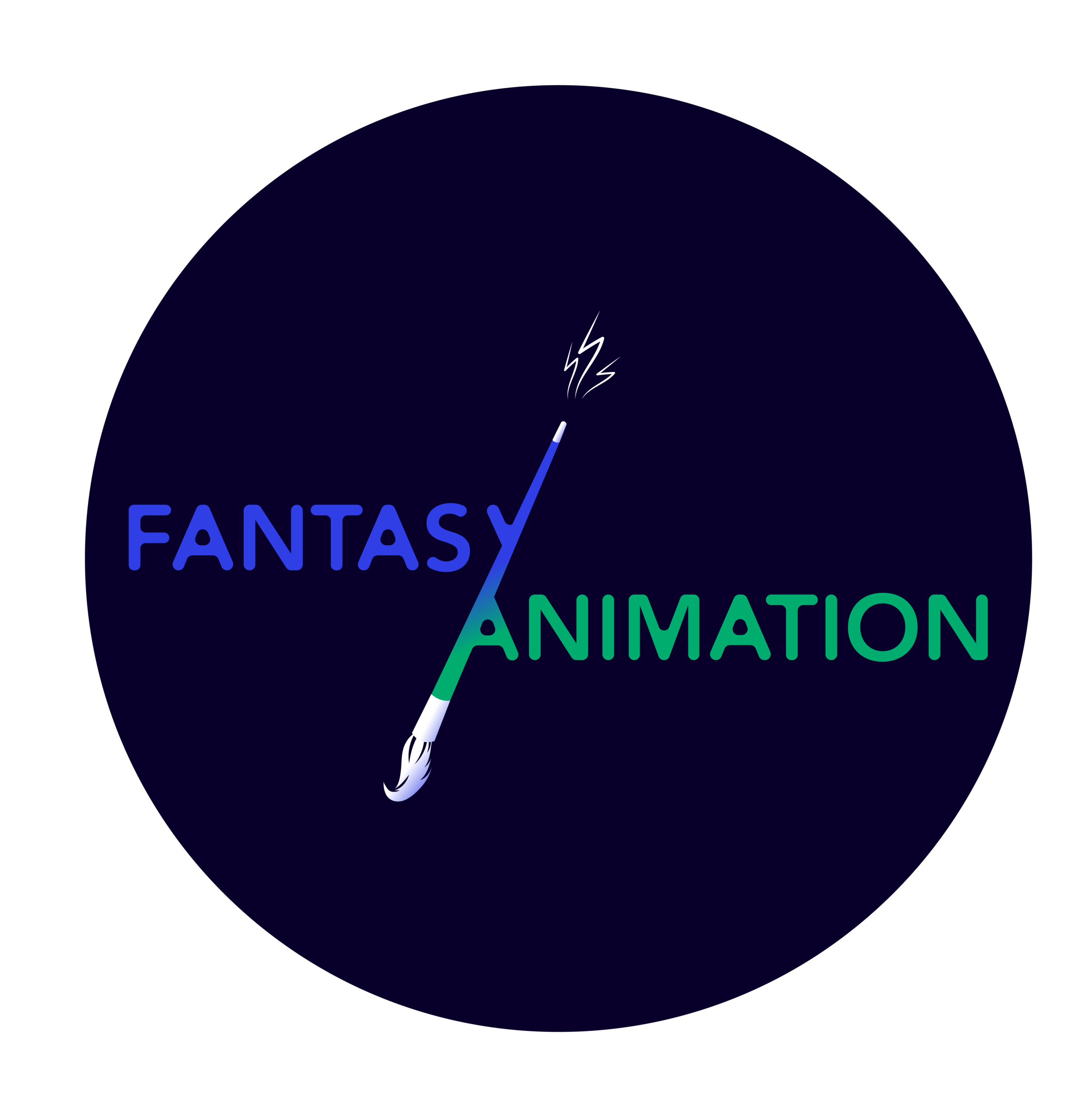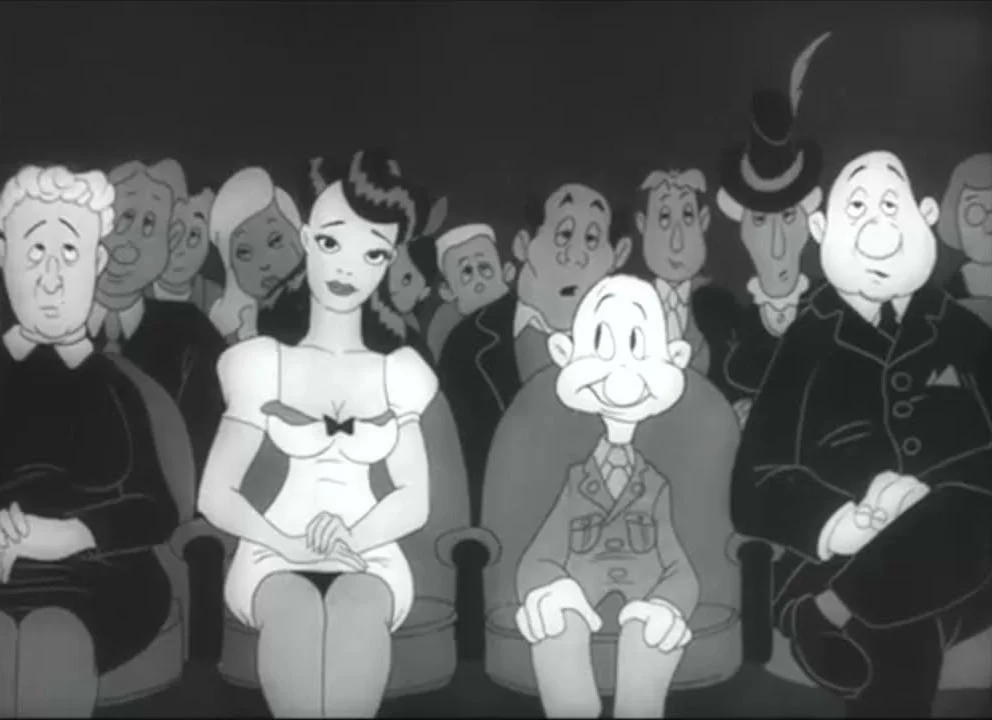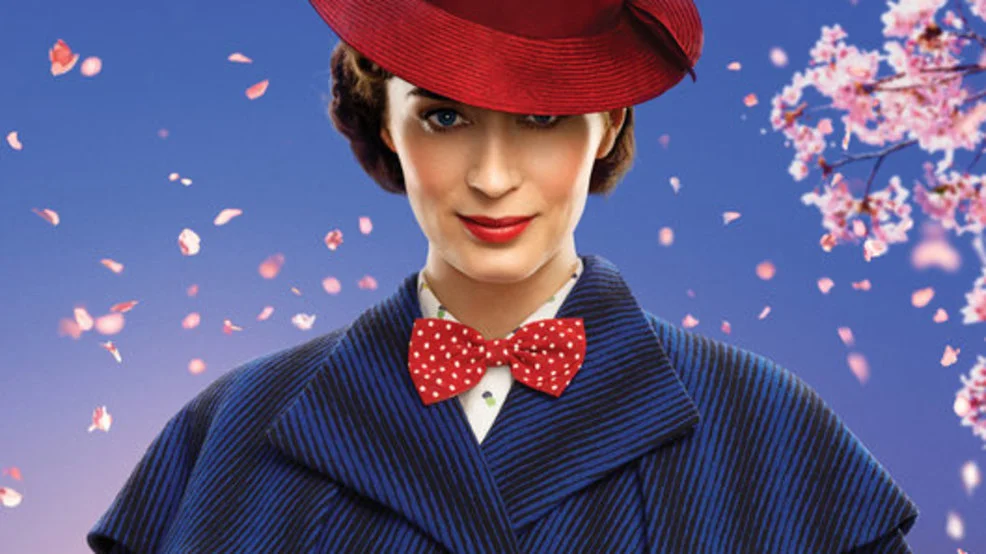You’ve probably binge-watched animated shows or scrolled through endless GIFs, but have you ever wondered how animation actually began? Let’s rewind to 1832—before Netflix, before Disney, even before flipbooks—to meet the Phenakistoscope, the great-great-grandparent of all moving pictures. This device used cardboard, mirrors, and optical magic to make static images dance. Let’s dive into how this forgotten gadget sparked a revolution—and why it’s making a comeback today.
Read MoreThis article is dedicated to Giannalberto Bendazzi, Italian historian and writer.
There is no glitter that plays with the souls of film fanatics like the art produced by the Walt Disney Studio. The films made by Disney hold an emotional spot in the hearts of their fans and this is not by accident. Their characters are drafted to connect to how we feel about ourselves and where we feel we fit within our own lives. The good-versus-evil plot lines that come out of Disney sell us the fantasy that people in power are punished when they try to hold other people back, and the way these narratives are designed to exploit our need to believe in these happy endings has created a cash machine for Disney that is almost unique in the realm of big box office animation.
Read MoreTo mark the life of distinguished film theorist and historian David Bordwell (1947-2024), and to add to the many tributes from across the disciplines of film and media studies, Chris and Alex have begun to collect some of Professor Bordwell’s writings that connect to fantasy and animation both in print and on his website davidbordwell.net and accompanying blog Observations on Film Art.
Read MoreIn seeking to describe the sensation of something irreducibly different about films made prior to the institutionalisation of cinema in 1915, film historian Andre Gaudreault refers to the “alien quality” of early cinema (2011, 36). In this blog post, I explore a technique found in the first decades of filmmaking which is certainly alien to commercial cinema today – the representation of an object, character or place in multiple styles within the same film e.g. live action, illustration, puppetry, stop motion.
Read MoreWith the celebration this month of the 30th anniversary of Jurassic Park (Steven Spielberg, 1993), the exploration of dinosaurs in popular culture takes centre stage, as this film and its franchise has achieved a vast global impact. But whilst dinosaurs appear at the forefront of popular culture (do they ever really leave?), we are currently considering the possibility of our own extinction event with the increasingly alarming climate news from North America.
Read MoreThe American government utilized the rising popularity of animated films during the 1930s and 1940s to curate several propaganda shorts during the Second World War. The Private Snafu series aired from 1943-1946 and followed the eponymous Private Snafu whose mishaps functioned as a cautionary tale against misbehaving in the military.
Read MoreI started researching the figure of Zatoichi the Blind Swordsman for specific reasons, which resulted in the book-length study, The Paths of Zatoichi (2021).
Read MoreIt is a common mistake to suggest that Disney’s Mary Poppins (Robert Stevenson, 1964) is perfect. She never once claimed to be such a thing. In fact, I imagine she would have been quite indignant at the very suggestion. “Practically perfect”, that was the expression she used. Not perfect, but close enough to perfect for us not to quibble too much over the difference.
Read MoreThis post explores the way ideas of fantasy can provide new insight into animated advertising, and applies these to analyse the recent Ikea advertisement Ghosts (2018) and its use of digital animation. Exploring the long history of a particular form of fantasy, the phantasmagoria, allows a consideration of the ghostly iconography associated with it, as well as its use as a metaphor for the workings of capitalism.
Read More








